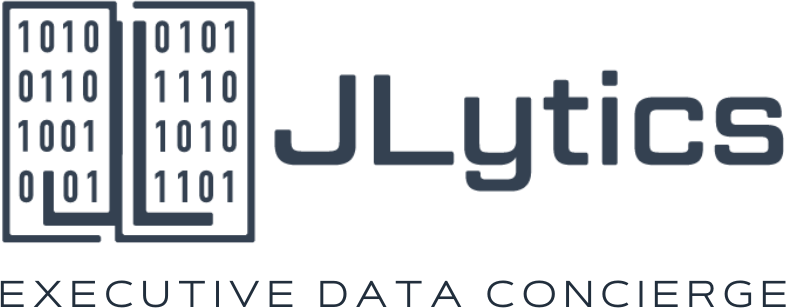Companies are sitting on goldmines of information but often lack the structured approach to transform this raw data into actionable insights. Data curation—the process of organizing, integrating, and enriching data assets—has emerged as a critical capability that separates market leaders from followers. When done correctly, data curation unlocks hidden patterns, reveals untapped customer segments, and identifies new revenue streams that would otherwise remain invisible.
Method #1: Clean Up Your Customer Data
Customer data is often the most valuable yet messiest data asset within organizations. Duplicate records, outdated information, and inconsistent formatting create a fragmented view of your customer base that obscures opportunities.
Proper customer data curation starts with standardization and deduplication. By establishing a single source of truth for customer records, companies can immediately identify cross-selling and upselling opportunities that were previously hidden within siloed systems. Organizations that invest in customer data hygiene typically discover that 15-20% of their customer records contain actionable insights that were previously obscured by poor data quality.
Method #2: Analyze Your Transaction Data
Transaction data contains the behavioral footprints of your customers—what they buy, when they buy it, and how often they return. Yet many organizations treat transaction data as merely financial records rather than strategic intelligence.
Proper curation of transaction data reveals seasonal purchasing patterns, product affinities, and price sensitivities. By structuring and analyzing this information, companies can optimize inventory management, tailor promotional strategies, and identify potential churn before it occurs.
Advanced transaction data curation also enables dynamic pricing models that respond to real-time market conditions and customer behavior. Companies that implement such approaches regularly see 3-7% revenue increases without additional costs—a direct contribution to the bottom line.
Method #3: Link Externally Sourced Data Sets Together for Deeper Insights
While internal data provides a strong foundation, the integration of external data sources creates a dimensional perspective that internal data alone cannot achieve.
Market intelligence, demographic information, social media sentiment, and even weather patterns can be curated alongside proprietary data to create richer contextual understanding. For instance, a retailer might combine internal sales data with local weather patterns to better predict demand for seasonal products, reducing stockouts and overstock situations.
Organizations that successfully curate and link external data sources gain competitive advantages through improved forecasting accuracy. They can identify market trends earlier and respond more nimbly than competitors who rely solely on internal data.
Method #4: Model Your Customers Into Types, Then Find More Just Like Them
Perhaps the most powerful application of data curation is customer segmentation and lookalike modeling. By identifying patterns across behavioral, transactional, and demographic attributes, companies can group customers into meaningful segments with distinct needs and preferences.
These customer models become the foundation for targeted acquisition strategies. By understanding what makes your most profitable customers unique, you can develop precise targeting criteria to find prospects with similar characteristics. Companies employing this approach typically see customer acquisition costs decrease by 10-30% while improving conversion rates and customer lifetime value.
The segmentation process often reveals underserved micro-markets that competitors have overlooked. These niche opportunities frequently offer higher margins and less competition than mainstream markets.
Why It Matters
Data curation is not merely a technical exercise—it’s a strategic capability that creates tangible business value. Organizations that excel at data curation typically outperform industry peers by making more informed decisions, identifying opportunities earlier, and executing with greater precision.
The methods outlined above provide a structured approach to transforming your data assets from cost centers into opportunity generators. By systematically curating customer data, transaction information, external data sources, and customer models, companies can unlock significant market opportunities that drive sustainable competitive advantage.
Successful data curation requires commitment to data quality, cross-functional collaboration, and a culture that values data-driven decision making. The organizations that make this commitment find themselves with clearer market visibility, more efficient operations, and the ability to identify and seize opportunities that remain invisible to their competitors.
***



